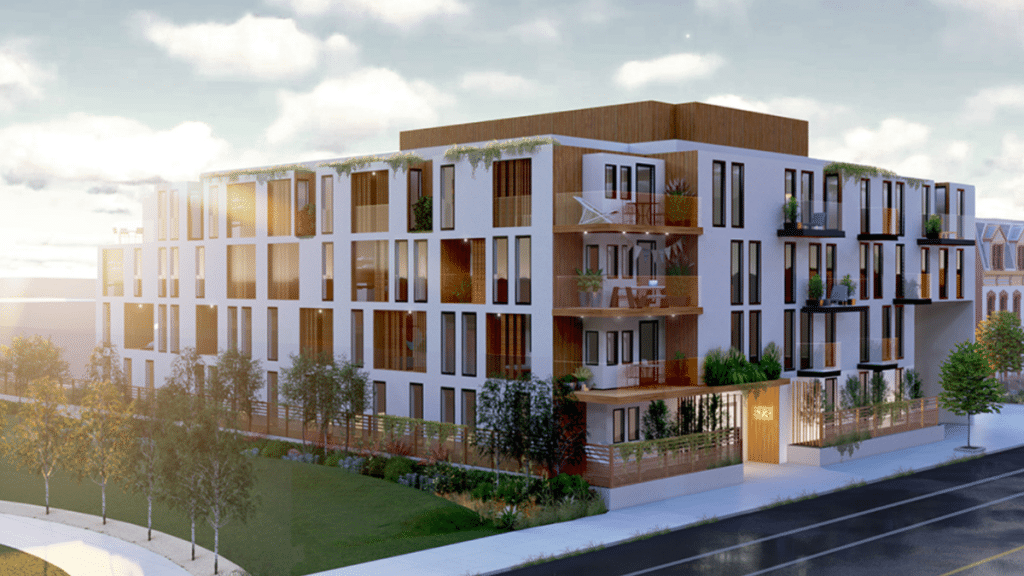In recent years, there has been a noticeable shift towards low-rise buildings in both residential and commercial real estate. While high-rise developments have long dominated city skylines, low-rise structures are emerging as a preferred choice for homeowners, businesses, and investors. From affordability and sustainability to enhanced community engagement, the benefits of low-rise buildings are driving this trend across Australia.
Affordability and Accessibility
One of the key reasons behind the growing popularity of low-rise buildings is cost-effectiveness. Constructing and maintaining a low-rise development is generally more affordable than high-rise counterparts due to reduced structural complexities, lower material costs, and streamlined regulatory approvals. This affordability translates into more accessible housing and commercial spaces, making it an attractive option for first-home buyers, small businesses, and property investors alike.
Improved Liveability and Community Feel
Low-rise developments foster a stronger sense of community. Unlike high-rise apartments, which can feel impersonal and isolated, low-rise residential buildings often feature shared green spaces, walkable streets, and closer-knit neighbourhoods. This layout enhances social interaction and encourages a more connected lifestyle. Similarly, commercial low-rise buildings, such as office complexes and boutique retail spaces, provide businesses with an environment that prioritises accessibility and convenience for both employees and customers.
Sustainability and Environmental Benefits
With sustainability at the forefront of modern real estate, low-rise buildings offer significant environmental advantages. These structures require less energy for heating and cooling, reducing overall carbon footprints. Many low-rise developments also integrate sustainable design principles, such as solar panels, green roofs, and water-saving systems. Furthermore, lower population density in these areas helps preserve local ecosystems and reduces the strain on public infrastructure.
Flexibility in Design and Use
Low-rise buildings provide greater flexibility in architectural design and functionality. Developers and architects can incorporate unique design elements, such as open-plan layouts, rooftop gardens, and expansive balconies, which are often restricted in high-rise constructions. This flexibility allows property owners to tailor spaces to specific needs, whether for residential, commercial, or mixed-use purposes.
Regulatory and Licensing Considerations
Another factor contributing to the rise of low-rise buildings is the ease of compliance with building regulations. Constructing low-rise properties often involves fewer restrictions and a more straightforward approval process compared to high-rise developments, making it a more attractive prospect for developers and investors. For those looking to enter the industry, obtaining a low rise builders licence ensures compliance with construction standards while enabling professionals to capitalise on this growing sector.
The Future of Low-Rise Developments
As urban planning continues to evolve, low-rise buildings are becoming an integral part of Australia’s real estate landscape. Their affordability, sustainability, and community-driven benefits make them an appealing alternative to high-rise developments. Whether for residential housing, boutique office spaces, or mixed-use precincts, low-rise structures provide a balanced approach to modern living and working environments.
With increasing demand from buyers and businesses alike, the low-rise movement is set to shape the future of Australian real estate, offering practical and sustainable solutions for a growing population.
